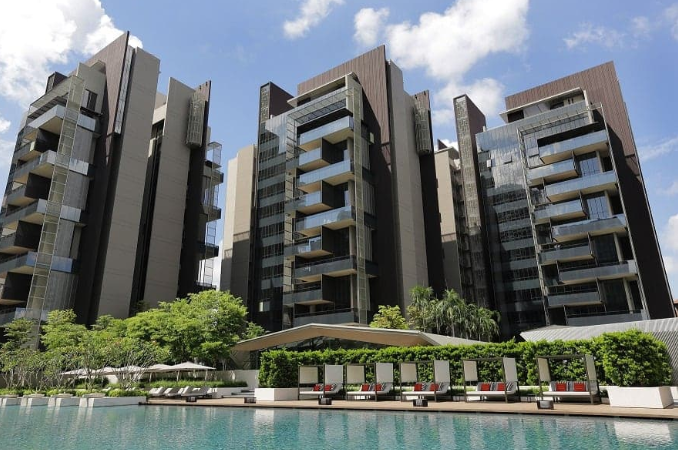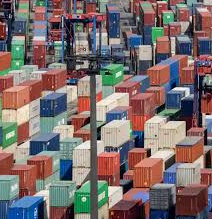Inflation Trends in Singapore for the First Half of 2022
Inflation Disparities Among Income Groups
SINGAPORE: The top 20% of Singaporean households experienced the highest surge in all-items inflation during the first half of 2022, according to the Department of Statistics (SingStat).
On a year-on-year basis, the consumer price index (CPI)-all items for general households rose by 5.2%, a significant increase from the 3.1% recorded in the second half of 2021.
Household income categories are defined by monthly income from all sources, including imputed rentals for owner-occupied housing.
Breakdown by Income Groups
The top 20% income group saw a 6% year-on-year increase in all-items inflation.
The middle 60% experienced a 4.9% rise.
The lowest 20% income group faced a 4.2% increase.
Higher costs for cars, accommodation, food, petrol, electricity, and transport services, including airfares, were the main drivers of inflation across all groups. However, these items disproportionately impacted the highest income group due to their larger share in expenditure.
Some relief came from lower telecommunication service costs, which partially offset overall price increases.
Excluding Housing Costs
When excluding imputed rentals on owner-occupied accommodation:
Inflation for the top 20% rose to 6.4%.
The middle 60% recorded a 5% increase.
The lowest 20% saw a slight dip to 4.1%.
Imputed rentals, which estimate the rental value of owner-occupied homes, do not directly affect cash expenditures for these households.
Inflation Peaks in June
June core inflation hit 4.4% year-on-year, its highest since November 2008. This rise was driven by sharper cost increases across categories like services, food, retail, electricity, and gas.
The Monetary Authority of Singapore (MAS) anticipates core inflation to peak between 4% and 4.5% in Q3 2022, easing to 3.5%–4% by year-end. Core inflation for the year is expected to average 3%–4%, while headline inflation is forecasted at 5%–6%.
Policy Measures
To combat inflation, MAS tightened monetary policy four times in nine months, including off-cycle adjustments in January and July 2022. These measures aim to manage inflationary pressures and stabilise the economy.








